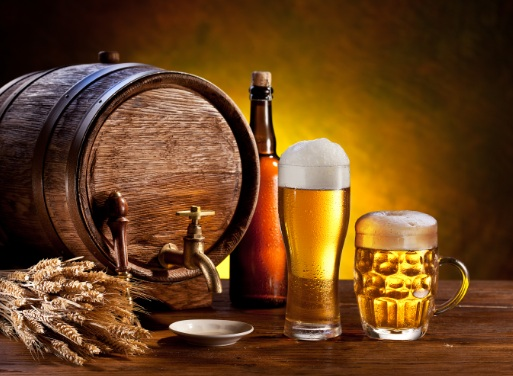Statistics says that a person drinks several times more non-alcoholic beer at a time than it would to drink plain, out of a sense of "bottoms".
How is non-alcoholic beer?
Soft or "zero" beer at the beginning of production no different from the usual, i.e. it is also made from malt, hops and water and goes through the whole process from cooking of wort and jam mash before fermentation. The difference is that in the end the beer is packaged into bottles, and soft - no. From it is necessary to remove the alcohol. The most common method - heating. However, the result is a drink that can be drunk, but without any pleasure, since heat changes its smell and taste. To avoid this, brewers invented the vacuum distillation of beer, in which process the beer is heated not strongly.
Another method is called reverse osmosis. The liquid passes through the filter so hard that I can leak just alcohol and water. Then out of the water is evaporated the alcohol, and her return back into the viscous mix of sugars and flavorings. And, indeed, the result is a beverage, similar in taste to beer. After the alcohol is removed, non-alcoholic beer needs to be carbonated. Beer that ferments the sugar and alcohol, its members, and is saturated with carbon dioxide. It would be possible to run the fermentation process and non-alcoholic beer, however, difficult to calculate how much to add yeast and sugar to alcohol not exceed 0.5%. So brewers prefer carbonated drink is carbon dioxide.
Scientists believe that non-alcoholic beer can also be addictive resembling an addiction.
Is it harmful non-alcoholic beer?
To be honest, beer is beer with rather low alcohol content. And don't think that his weak fortress has no load on the heart, pancreas and kidneys. This, of course, vodka, but not harmless carbonated product. It can't drink for children, pregnant and nursing mothers, as it has the same Toxicological effect as any alcoholic beverage. The exposure dose depends only on how much you drank. Besides, any beer is a natural phytoestrogen, hence all sorts of effects of female hormones on the body.
